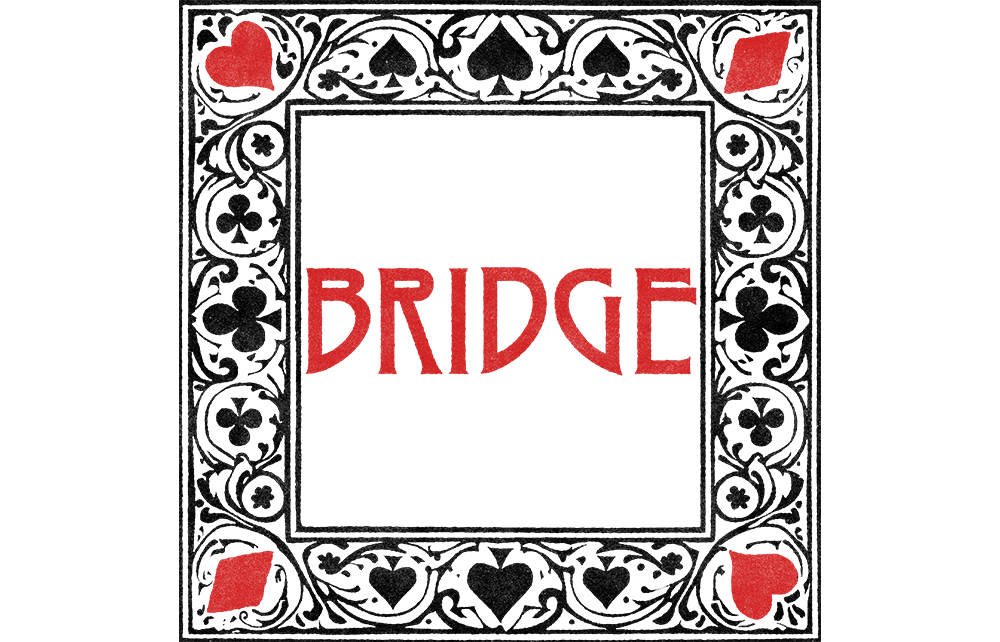
A few years ago I went to Dallas with my team to play in the Summer National, the main event being the Spingold, a knockout tournament which attracts some of the best teams in the world. We did rather well and found ourselves in the quarter finals, and our opponents were Marty Fleisher’s team of world champs. Marty plays with Chip Martel, and before we started he announced that he thinks for a few minutes when dummy goes down, even if it’s a simple hand, to work out his plan. What a good idea, I thought. The next thing I knew, I went 4 off vul in an unusual NT auction, my partner telling me I could make it if I had come up with a plan: any plan would be better than none.

Imagine you’re sitting East and your partner leads the ♣️Q. What’s your plan?
It doesn’t look great, that’s for sure. We have nothing more than the ♣️A, hopefully the ♦️K and maybe a trump trick, but certainly not two at this vulnerability. That would mean an easy make and -620. This is not a plan, however – it’s a concession. We need to think outside the box.
Instead of giving up, use your imagination and return your ‘singleton’ diamond at trick two!
You don’t have a singleton – you know that, but declarer doesn’t. He’ll win in dummy and play a trump to your partner’s ace, who will hopefully play another diamond. Declarer can’t risk your ruffing away dummy’s ace – so will certainly finesse – and you can win the king and give partner the setting diamond ruff.
Did you find it – or something else? Maybe not, but without trying to formulate a plan to take four tricks, you’d have no chance at all.






Comments